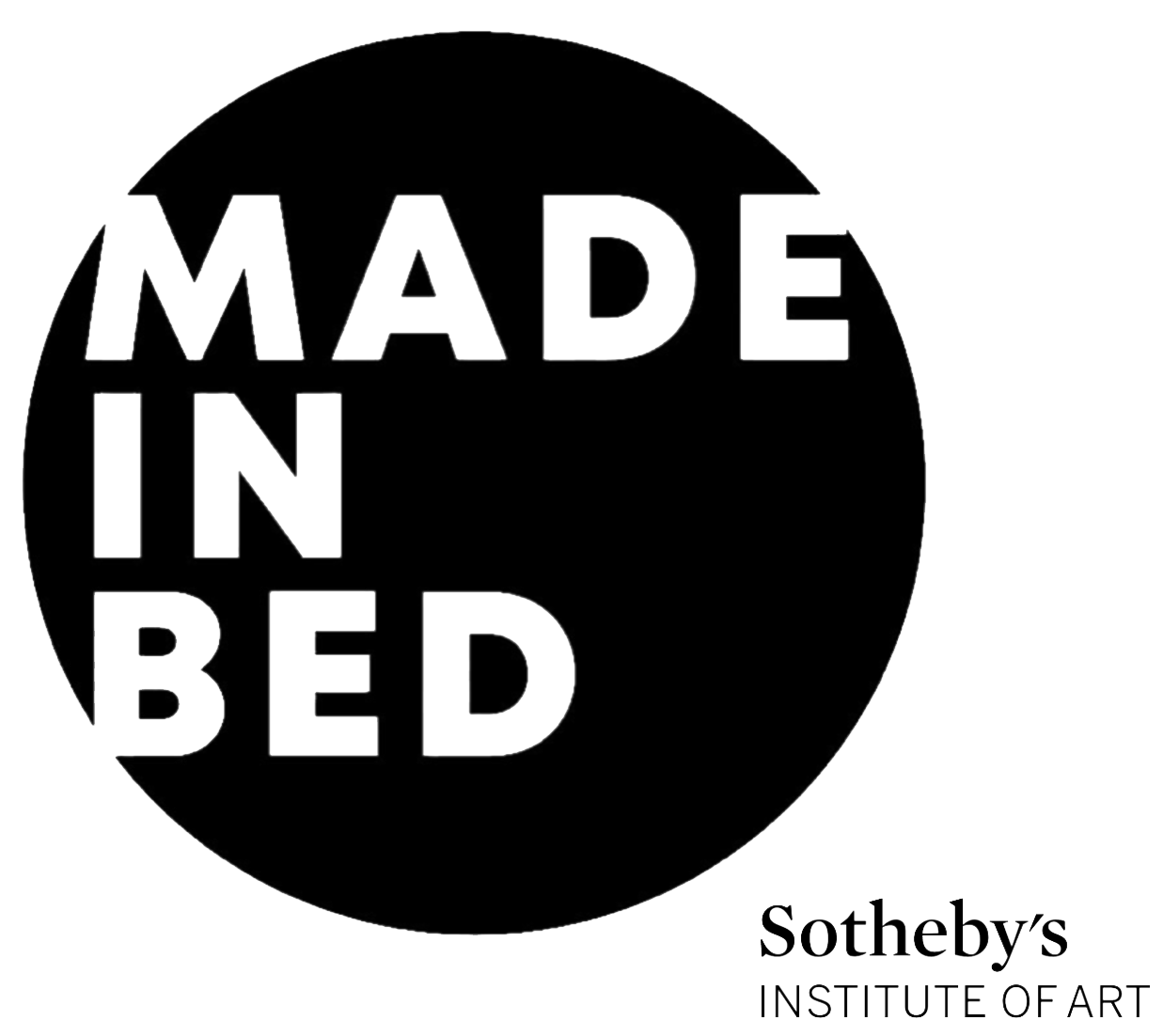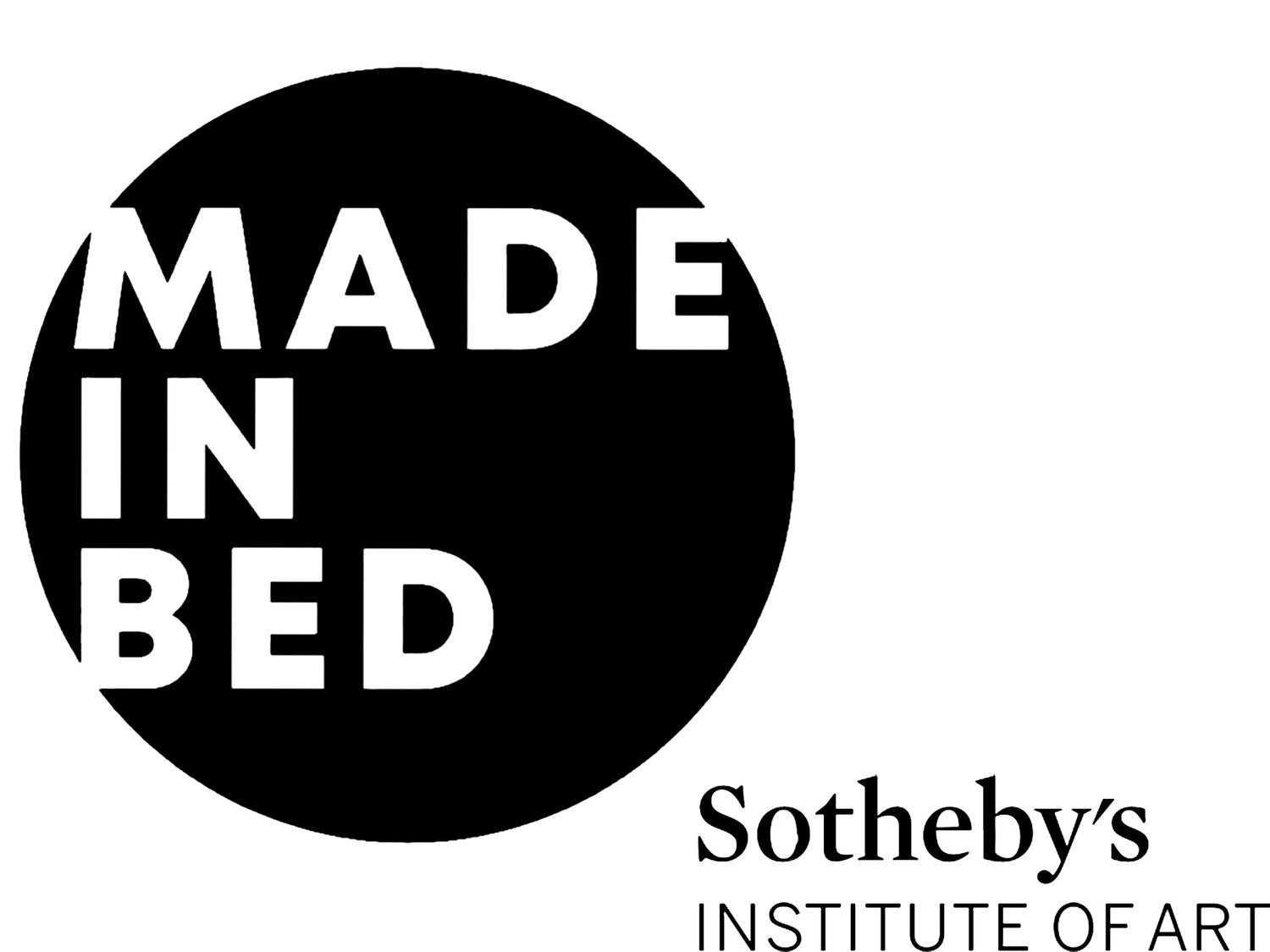‘Who's Afraid of the Avant-Garde?’ Nordau and the Nazis
The thoroughness of Nazi propaganda left no aspect of life untouched—including art. Between 1933 and 1945, an estimated five million cultural objects, including works of art, were confiscated, looted, destroyed, and sold. Many of their makers—the artists—were dismissed from teaching positions, banned from exhibiting and working, subjected to physical threats, and forced into exile.
“Degenerate” Art: Modern Art on Trial Under the Nazis, currently on view at The Picasso Museum in Paris, foregrounds this unnerving proximity between art, aesthetics, and political propaganda. Like other exhibitions of its kind (including “Degenerate Art”: The Fate of the Avant-Garde in Nazi Germany at the LACMA in 1990 and the 2020 digital exhibition of Degenerate Art at the MoMA), this timely show focuses on the Entartete Kunst or Degenerate Art Exhibition, which took place in Munich in 1937, as part of the Nazi’s wider campaign of ridiculing, censoring, and ultimately eradicating Modern art. The current exhibition in Paris displays a survey of works by artists who were included in this exhibition including George Grosz, Paul Klee, Oskar Kokoschka, Vassily Kandinsky, Marc Chagall, Lovis Corinth, and Pablo Picasso.
View of “Degenerate” Art: Modern Art On Trial Under the Nazis Exhibition at Musée National Picasso-Paris. Photo courtesy: Nina Mangion
Far from an agent of individual expression, the National Socialists considered art a vital channel through which to control public opinion. No one understood this better than Joseph Goebbels; the Nazi’s chief propagandist who spearheaded the infamous Entartete Kunst in 1937. The exhibition functioned to differentiate between acceptable and unacceptable art, according to Nazi standards, and to supervise the formation of public opinion on the matter. The show singled out artists that were rejected by the Third Reich, including Jews, Bolsheviks, and homosexuals. Entartete Kunst was not just an attack on artists but on art itself, particularly Modernism. So why was Modernism singled out as symptomatic of degeneracy and how did this concept feed into broader ideologies?
Joseph Goebbels visiting Entartete Kunst, 1937. Photo Courtesy: Nina Mangion
Modernism refers to a set of cultural ideas that unravelled in the late 19th and early 20th century. While the term is used to encompass a broad succession of artistic styles from Impressionism to Cubism and Abstraction. Creatives working under this banner sought to capture and respond to post-industrial ‘modern’ life. Against a backdrop of rapid societal and technological change, revolution and war, Modernism began to question conservative values and the longstanding artistic traditions of the western canon. Early modernism captured the growth of European metropolises with an uncanny ambivalence that at once championed and contested urban living.
George Grosz, Metropolis, 1917. Photo courtesy: Musée National Picasso-Paris
Far from an isolated practice exclusive to European centers, Modernism emerged as a plurality of artistic modes enabled by increasing transcultural encounter and exchange. Many artists looked to the Far East, West Africa, and South America (albeit in an often highly problematic and primitivizing way) where pictorial language was not determined by classical, Graeco-Roman forms. Modernism didn’t just call artistic tradition into question, it used art to call attention to its own limitations. Many artists wanted to abandon representation altogether, or as the Russian avant-gardist Kazimir Malevich put it, were ‘trying desperately to free art from the dead weight of the real world’. [1] Art was no longer concerned with the appearance of the outside world, it became autonomous and self-reflexive. By changing the language of art itself, modernism sought to turn passive spectators into active participants and in doing so have a felt impact. Perhaps this was a utopian dream, regardless, a cultural movement that purports to give rise to a population of active, critical thinkers is never a good thing for an autocratic government seeking to control public opinion. Not to mention the fact that several Modernists were ardently left wing, if not communist or anarchist supporters with strong anti-war sentiments.
The Nazis utilized the rhetoric of ‘degeneration’ to expose Modernism as corrupt, criminal, and deadly. While the Nazis instrumentalized this concept to suit their agenda, they did not create it, nor were they the first to take issue with Modern art. Over the course of the 19th century, the concepts of degeneration and decadence found their way into cultural criticism and scientific discourse. While it was Benedict Augustin Morel’s theory of degeneration which dominated 19th century psychiatry, the exhibition now on view at the Picasso Museum quotes the publication of Max Nordau’s 1892 text ‘Degeneration’ as a driving force in incorporating the concept of degeneracy into art history. By applying psychiatric concepts to modern art, Nordau (a physician) attempted to scientifically prove the Avant-Garde to be far from Modern and progressive, but atavistic and regressive. His binary language of the normal and healthy versus the deviant and sick was applied to Modernism.
Wilhelm Morgner, Homme blue dans un paysage jaune. Photo courtesy: Nina Mangion
Nordau critiqued urbanization and identified the city dweller as a ‘human type… fated to perish’.[2] He saw Modern art as a consequence of large cities, or a symptom of degeneration caused by the metropolis. He was particularly opposed to the likes of Charles Baudelaire whose 1863 text, The Painter of Modern Life, addressed the unfolding of a new way of life in a dense urban environment of the “crowd”. [3] The Baudelairean flâneur, a detached male who wandered round the city in search of spectacle and entertainment, became a symbol of modern alienation. Like the flâneur, Modernism withdrew into itself and remained distant, particularly from the general public who did not follow artistic developments. Nordau took issue with this aesthetic of autonomy and individuality and equated the Modernists with ‘deviancy, insanity, and criminality’.[4] Nordau extended the issue of moral and spiritual degeneration, equating certain physical and mental characteristics with degeneracy. A committed Darwinist, Nordau argued that all degeneracy would necessarily perish over the course of evolution. This is exactly what the National Socialists returned to when they ‘combined art, morals, politics, and eugenics’ in their propaganda to mobilize resentment for Modernism and the Avant-Garde. [5] Nordau’s binary of health and sickness resonated with the Nazi’s aestheticized politics which, as Susan Sontag pointed out in her 1974 essay ‘Fascinating Fascism’, emphasized the ‘contrast between the clean and the impure, the incorruptible and the defiled, the physical and the mental’.[6]
Despite Nordau’s apparent influence on Nazi propaganda, the Party did not acknowledge him—probably because he was a Jewish nationalist and co-founder of the World Zionist organization. Nordau dissociated anti-Semitism from the discourse on degeneration by targeting modern civilization more broadly, particularly Modern art and literature. In the process however, Nordau ‘too used the term stigma in reference to physical’ and mental symptoms—unwittingly setting the stage for the weaponization of his theory of degeneracy. [7]
In the name of this culture war against ‘degenerate’ art, over 20,000 works were withdrawn from German institutions and an estimated total of five million cultural objects were seized by the Nazi Party over the course of their regime. Researchers and museums are still working to reconstruct the often complex ownership history of these art works during this period. The exhibition at the Picasso Museum in Paris bears witness to this history, whilst acting as a subtle yet pertinent warning about the dangers of policing and censoring the arts.
Footnotes:
[1] Kasimir Malevich, The Non-Objective World: The Manifesto of Suprematism, Bauhaus Books No. 11 (Munich: Albert Langen Verlag, 1927).
[2] Peters, Olaf, and Steven Lindberg, “Fear and Propaganda: National Socialism and the Concept of ‘Degenerate Art.’” Social Research 83, no. 1 (2016): 43. http://www.jstor.org/stable/44283394.
[3] Baudelaire, Charles. 1964. The Painter of Modern Life, and Other Essays. Edited by Jonathan Mayne. [London]: Phaidon.
[4] Söder, Hans-Peter. “Disease and Health as Contexts of Modernity: Max Nordau as a Critic of Fin-de-Siècle Modernism.” German Studies Review 14, no. 3 (1991): 476. https://doi.org/10.2307/1430965.
[5] Olaf, and Lindberg, “Fear and Propaganda,” 46.
[6]Susan Sontag, Under the Sign of Saturn: Essays (New York: Farrar, Straus and Giroux, 1980), 88.
[7] Olaf, and Lindberg, “Fear and Propaganda,”44.
Additional Sources:
Nordau, Max. Degeneration. Translated from the German. London: William Heinemann, 1895.
Söder, Hans-Peter. “Disease and Health as Contexts of Modernity: Max Nordau as a Critic of Fin-de-Siècle Modernism.” German Studies Review 14, no. 3 (1991): 473–87. https://doi.org/10.2307/1430965.
Nina Mangion,
Features Co-Editor, MADE IN BED





